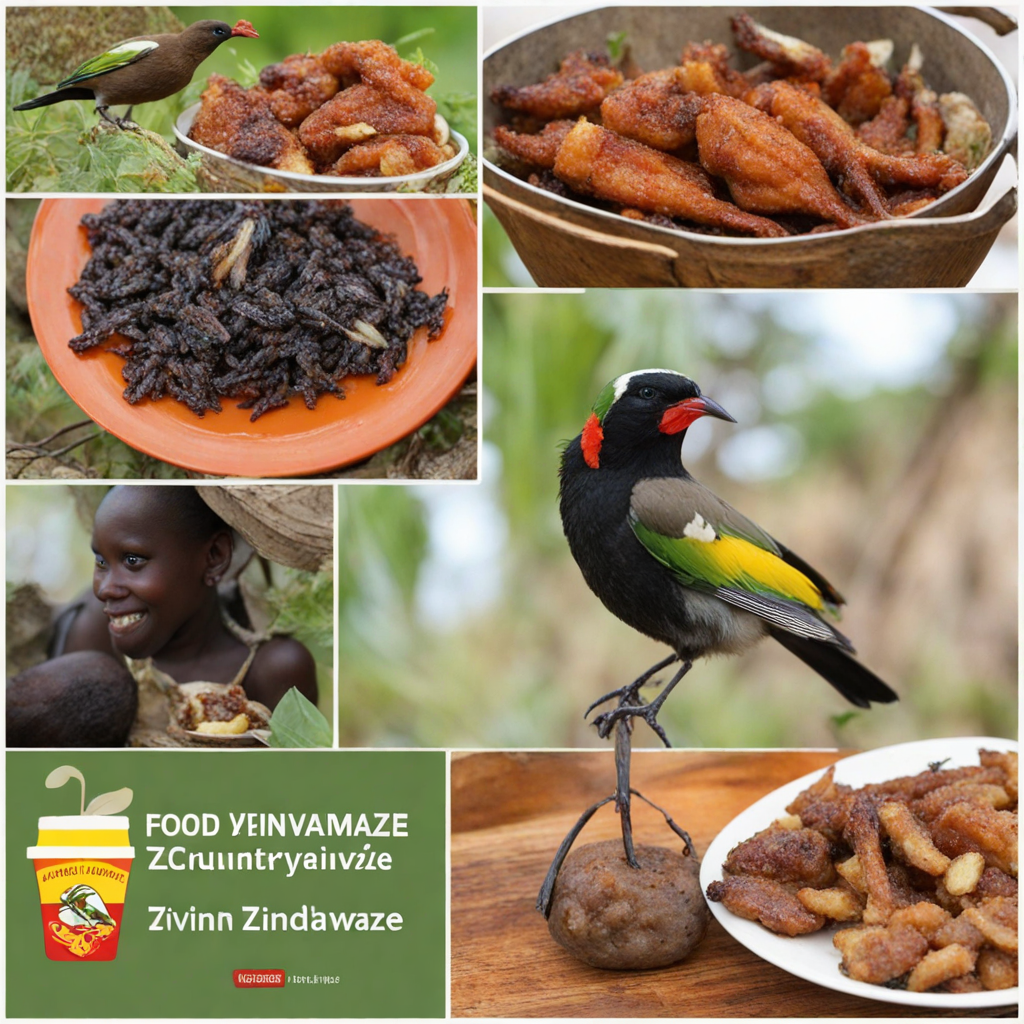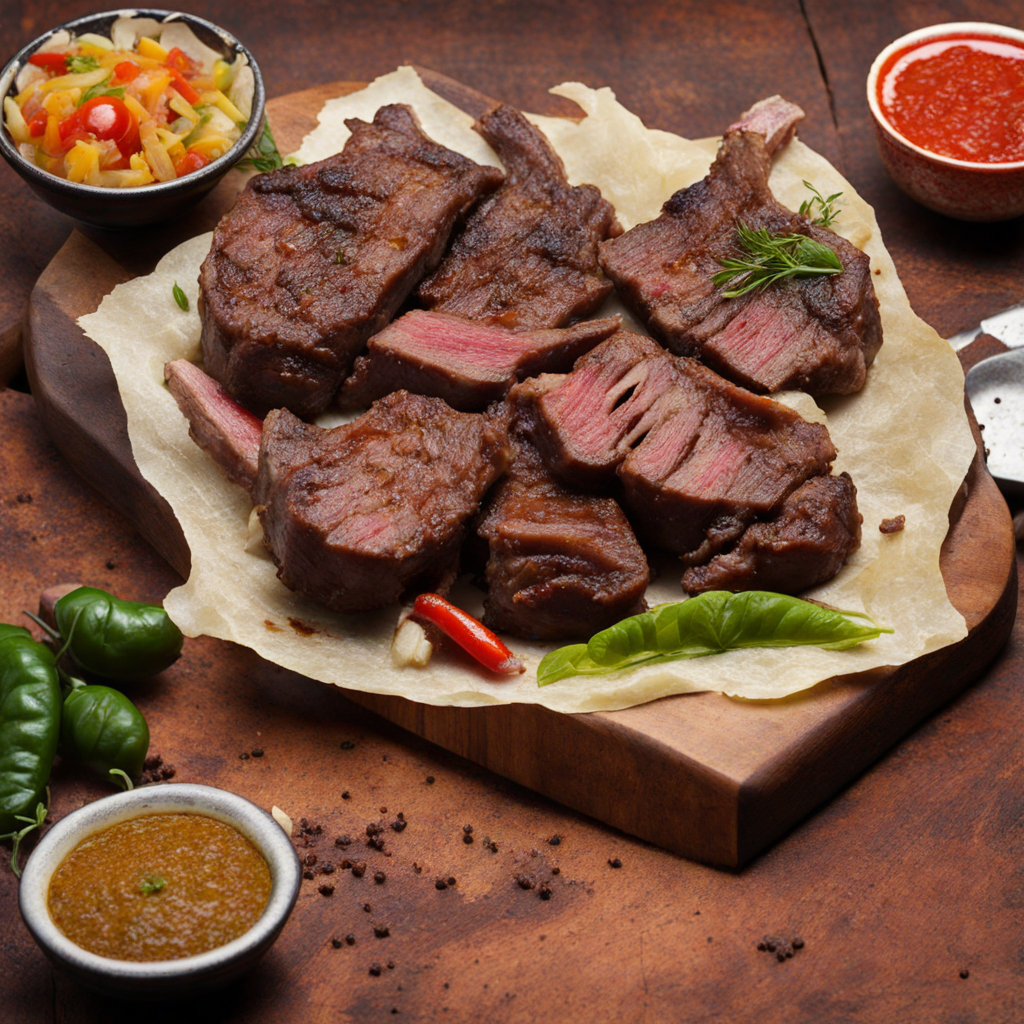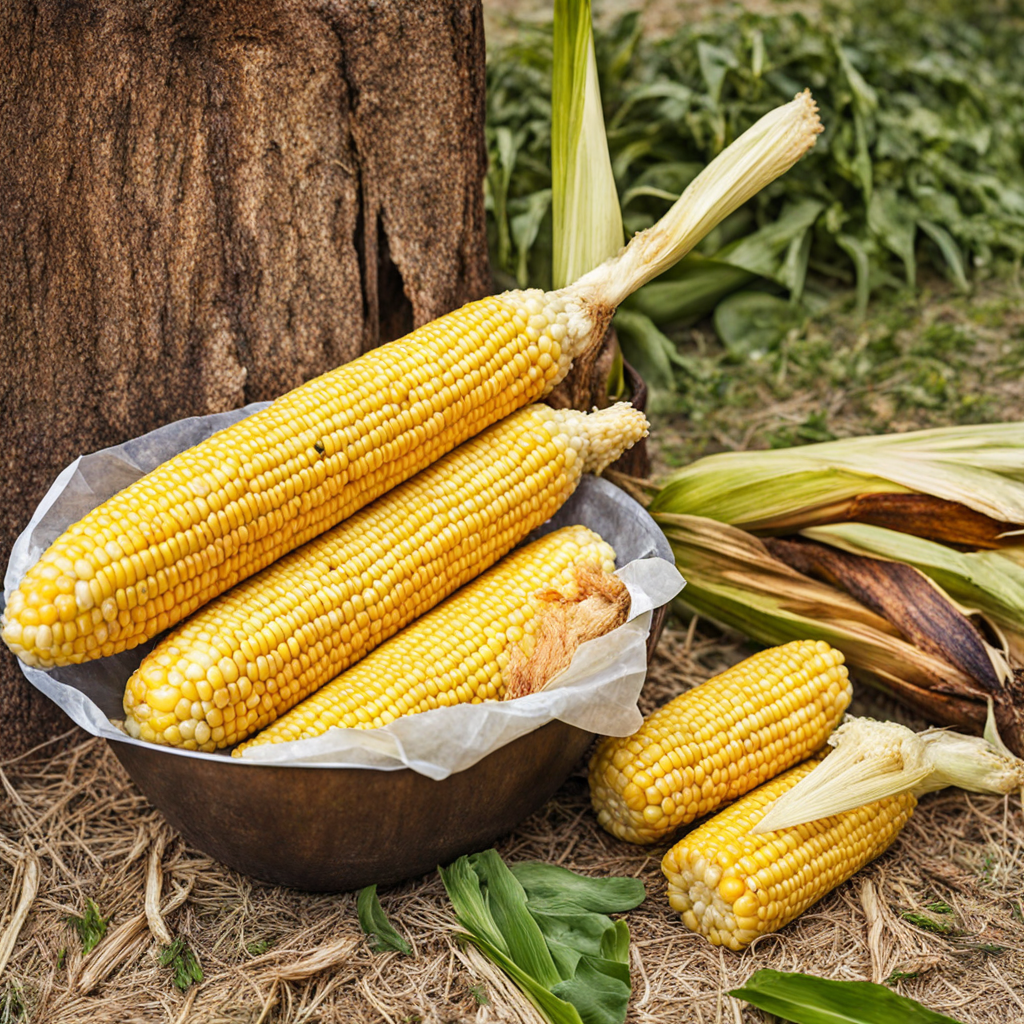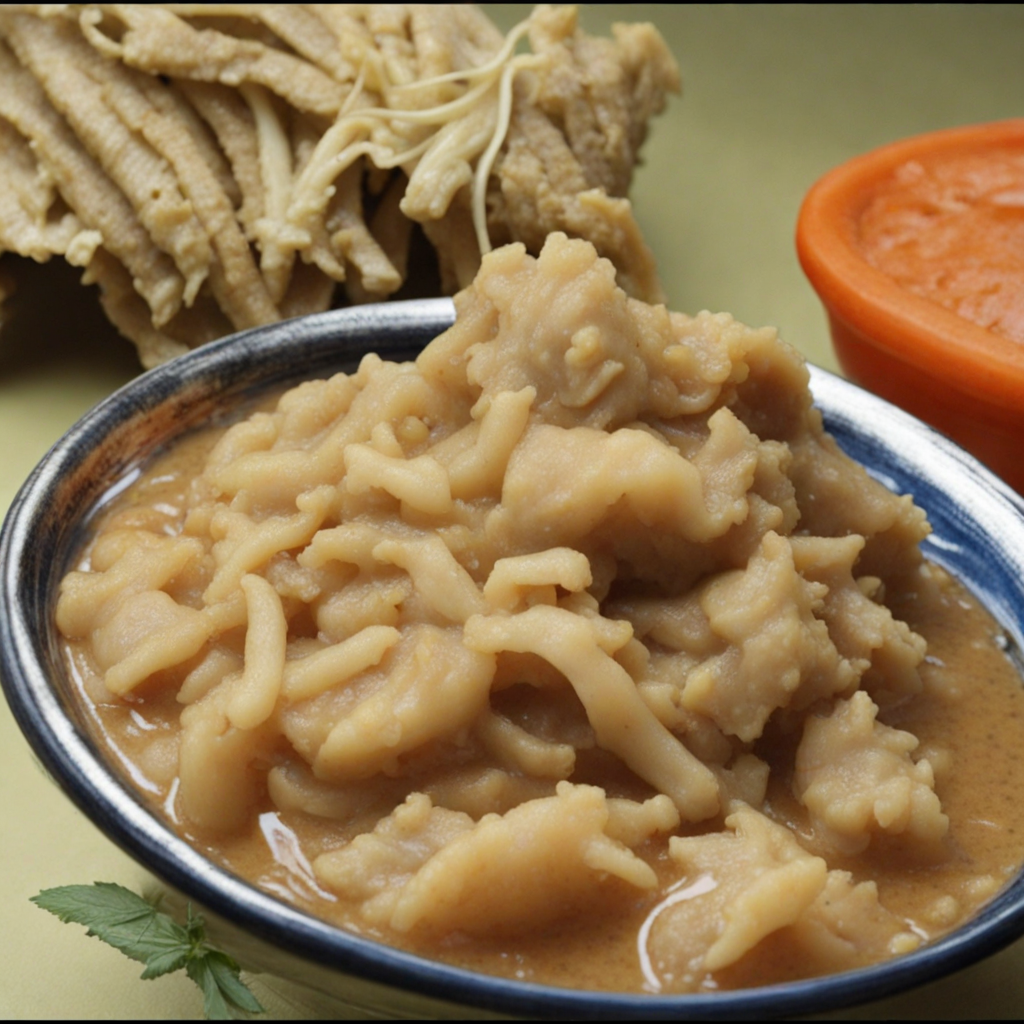Zvinyenze
Zvinyenze is a delightful Zimbabwean dish that showcases the rich culinary traditions of the country. At its core, Zvinyenze consists of tender, boiled pumpkin leaves, which are often referred to as "covo." These leaves are meticulously harvested and prepared to highlight their delicate, earthy flavor. The dish is typically accompanied by a savory peanut sauce, made from ground peanuts cooked with spices, which adds a creamy texture and a nutty depth that perfectly complements the greens. The combination of the vibrant green leaves and the rich sauce creates a visually appealing and wholesome meal. The preparation of Zvinyenze is a labor of love, as it involves careful washing and cooking of the pumpkin leaves to ensure they retain their nutrients and tender quality. Traditionally, the leaves are simmered until soft, allowing them to absorb the flavors of the dish. The peanut sauce often includes a mix of onions, garlic, and sometimes chili, providing a warm, aromatic base that elevates the dish to new heights. This unassuming yet flavorful dish is often served with sadza, a staple maize porridge, creating a satisfying and hearty meal that is beloved by locals. Zvinyenze not only offers a unique taste experience but also reflects the agricultural richness of Zimbabwe. The use of pumpkin leaves is a testament to the country's emphasis on utilizing fresh, local ingredients. For those who enjoy exploring new flavors, Zvinyenze presents a wonderful opportunity to savor a dish that is both nutritious and deeply rooted in Zimbabwean culture. The combination of textures and flavors makes it a memorable addition to any culinary journey, inviting food lovers to delve into the heart of Zimbabwean cuisine.
How It Became This Dish
Zvinyenze: A Culinary Journey Through Zimbabwe #### Origins Zvinyenze, often referred to as 'wild vegetables' or 'African greens', has deep roots in the culinary traditions of Zimbabwe. This traditional dish is primarily made from a variety of indigenous leafy greens, including amaranth, pumpkin leaves, and other wild herbs. The origins of zvinyenze can be traced back to the pre-colonial period when indigenous communities relied heavily on the natural flora for sustenance. Historically, the Shona people, the largest ethnic group in Zimbabwe, cultivated a rich relationship with the land. They practiced subsistence farming, which included the gathering of wild plants. Zvinyenze emerged from this tradition, symbolizing a profound knowledge of local biodiversity and traditional ecological practices. The practice of foraging for edible greens was not only about sustenance but also about a holistic understanding of the environment, fostering a respect for nature that has been passed down through generations. #### Cultural Significance Zvinyenze holds significant cultural importance in Zimbabwe. Beyond being a source of nourishment, it is emblematic of community and familial bonds. Traditionally, the gathering of these greens is often a communal activity, where families and neighbors come together to harvest wild vegetables. This practice reinforces social ties and cultivates a sense of belonging within communities. Moreover, zvinyenze is often prepared during significant cultural events, celebrations, and rituals. It is served alongside staple foods like sadza (a maize porridge) and is appreciated for its nutritional value and unique flavors. The dish is a bridge between the past and present, connecting individuals to their ancestry and cultural heritage. In many households, recipes for zvinyenze are passed down through generations, each family adding its own twist and flavor to the dish. The preparation of zvinyenze goes beyond mere cooking; it is an art form rooted in tradition. The way greens are selected, cleaned, and cooked reflects a rich culinary heritage. Often, zvinyenze is seasoned with groundnuts (peanuts), onions, and tomatoes, enhancing not only its flavor but also its nutritional profile. The dish embodies the essence of Zimbabwean cuisine: a celebration of local ingredients and a testament to sustainable eating practices. #### Development Over Time As Zimbabwe transitioned through various historical phases, including colonialism and independence, so too did the culinary landscape. Zvinyenze, like other traditional dishes, underwent transformations influenced by changing social, economic, and political circumstances. During colonial rule, the introduction of Western agricultural practices and crops led to a decline in the consumption of indigenous foods. Many families started to prioritize imported goods over local produce, which threatened the knowledge and appreciation of traditional dishes like zvinyenze. However, the post-independence era in the 1980s saw a resurgence of interest in indigenous foods as part of a broader movement to reclaim and celebrate Zimbabwean identity. In schools and cultural festivals, there was a renewed emphasis on traditional cuisine, including zvinyenze. This revival was not just about food; it was about nurturing a sense of pride in Zimbabwean heritage. With globalization and the advent of the internet, zvinyenze has gained exposure beyond local borders. Zimbabweans in the diaspora have begun to share traditional recipes and cooking methods, leading to a revival of interest among younger generations. Cookbooks and online platforms dedicated to African cuisine have highlighted zvinyenze, making it accessible to a global audience. Furthermore, the growing movement toward sustainability and organic farming has contributed to the appreciation of indigenous vegetables. Zvinyenze is celebrated not only for its taste but also for its health benefits. The wild greens used in zvinyenze are rich in vitamins, minerals, and antioxidants, making them an ideal choice in a world increasingly focused on healthy eating. Community gardens and urban farming initiatives in Zimbabwe are now incorporating these indigenous plants, promoting biodiversity and supporting local economies. #### Contemporary Significance Today, zvinyenze is experiencing a renaissance in both rural and urban settings in Zimbabwe. Food enthusiasts and chefs are exploring creative ways to incorporate these traditional greens into modern dishes, merging old and new culinary techniques. In upscale restaurants, zvinyenze is often featured as a gourmet dish, showcasing its versatility and rich flavors while paying homage to its cultural roots. Moreover, zvinyenze has become a symbol of food sovereignty, emphasizing the importance of local food systems and traditional agricultural practices. Organizations dedicated to sustainable agriculture and food security in Zimbabwe are promoting the cultivation and consumption of indigenous vegetables, recognizing their role in preserving biodiversity and cultural heritage. In recent years, zvinyenze has also found a place in global discussions about food diversity and sustainability. As climate change poses challenges to food systems worldwide, the resilience of indigenous crops like those used in zvinyenze is invaluable. These plants are often better adapted to local environmental conditions and require fewer resources than commercial crops, making them essential for sustainable agriculture. #### Conclusion Zvinyenze is more than just a dish; it is a reflection of Zimbabwe's rich cultural heritage and a testament to the resilience of its people. From its origins in the indigenous practices of foraging and gathering to its contemporary revival as a symbol of sustainability and health, zvinyenze embodies the spirit of Zimbabwean cuisine. As the world increasingly embraces the importance of local foods and biodiversity, zvinyenze stands as a delicious reminder of the past, a source of nourishment in the present, and a beacon for the future. In every leaf, every flavor, and every shared meal, zvinyenze carries the essence of Zimbabwean identity, celebrating the profound connection between food, culture, and community.
You may like
Discover local flavors from Zimbabwe







